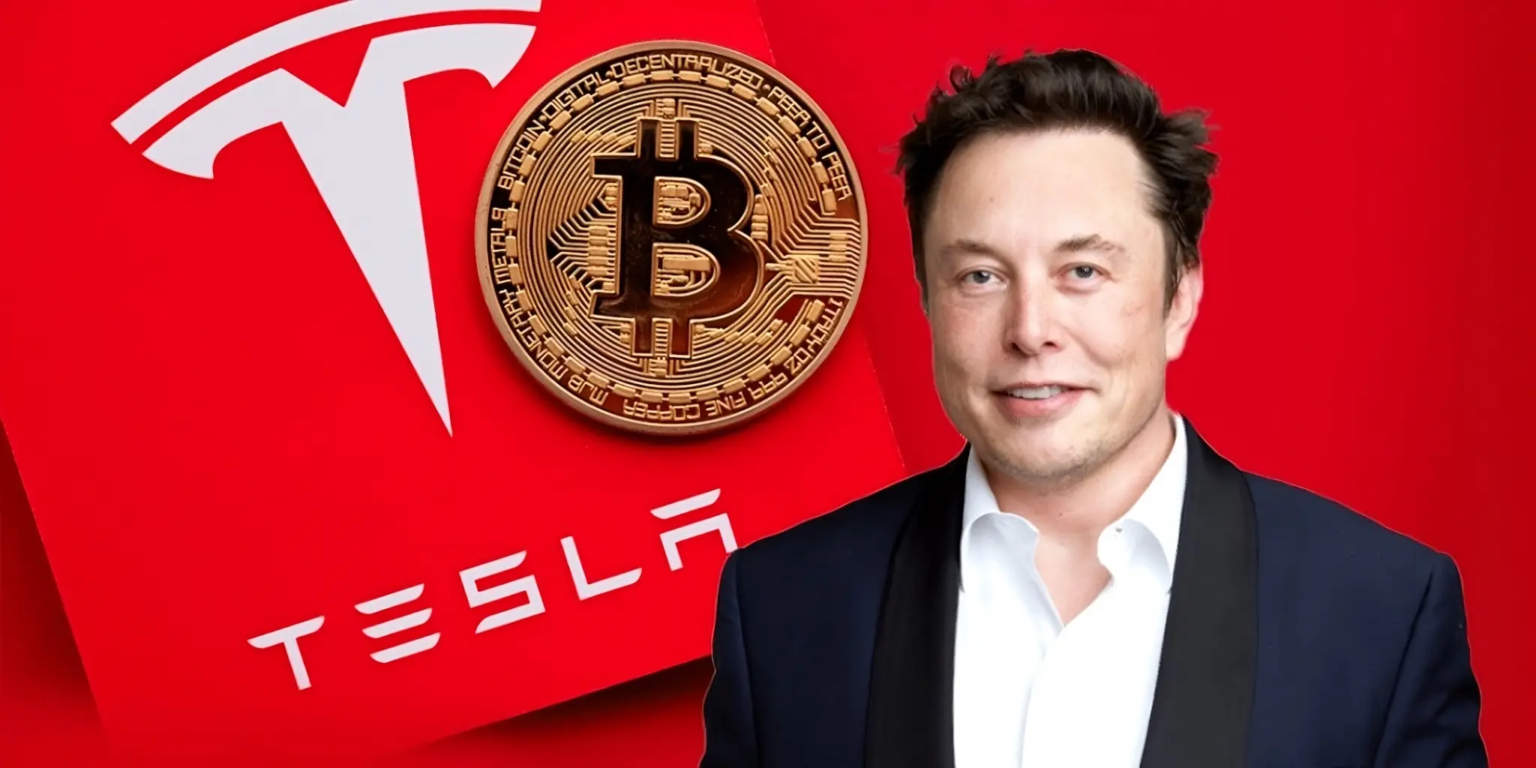Tesla cryptocurrency mining is no longer just a futuristic concept—it’s becoming a reality. From Model 3 owners reportedly earning up to $800 a month mining Ethereum, to Tesla exploring vehicle-integrated mining capabilities, the company is pushing the boundaries between automotive engineering and digital finance.
What started as a fringe experiment by tech-savvy Tesla owners could evolve into a groundbreaking new revenue stream—powered not by gasoline, but by surplus battery energy and smart software.
Tesla’s Expanding Role in the Crypto Ecosystem
Tesla has already left its mark on the cryptocurrency industry. The company currently holds 11,509 Bitcoins, valued at roughly $1.19 billion, ranking it as the fourth-largest corporate BTC holder. In 2024 alone, Tesla pocketed $600 million from Bitcoin sales, aided by updated FASB accounting rules that now allow unrealized gains to be recorded on balance sheets, boosting Q4 revenue to $25.71 billion.
Beyond Bitcoin, Tesla has begun accepting Pi Coin for select purchases and unveiled the Model Pi Phone—a device capable of controlling Tesla vehicles and mining cryptocurrency in real time.
How Tesla Cryptocurrency Mining Works
The Concept of Vehicle-Based Mining
Modern electric vehicles, especially Teslas, contain powerful onboard computers and substantial battery capacity. This unused computational power can be redirected toward solving blockchain algorithms, enabling Bitcoin or other cryptocurrency mining while the car is parked or charging.
DIY Tesla Mining Today
Some owners have already experimented with connecting Mac Minis and GPU rigs to their Teslas, mining during idle hours. While this method is power-hungry and inefficient, it has proven the concept—paving the way for integrated solutions directly from Tesla.
The Technology Behind Integrated EV Mining
For Tesla to make cryptocurrency mining practical, several technological hurdles need to be addressed:
- Specialized Hardware: Custom ASICs or GPUs optimized for low-energy mining.
- Energy Management: Prioritizing vehicle needs, then using surplus battery capacity for mining.
- Heat Dissipation: Leveraging Tesla’s advanced liquid cooling systems.
- Sustainable Power Sources: Utilizing Tesla Solar Roofs, Powerwalls, and solar-powered Superchargers for zero-carbon mining.
The Cambridge Centre for Alternative Finance notes that global Bitcoin mining consumes more electricity than entire nations, making Tesla’s push toward renewable-powered mining a critical innovation.
Sustainable Mining: Green Energy Meets Blockchain
Bitcoin mining is notorious for its environmental footprint—consuming as much power annually as Finland and using water equivalent to 300,000 U.S. households. Tesla’s approach could slash emissions by up to 70% by tapping solar, wind, and other renewables.
Japan’s Agile Energy X Inc. has already proven the model by generating Bitcoin entirely from surplus renewable energy, avoiding 1,920 GWh of waste annually—an approach Tesla could replicate on a global scale.
Economic Potential for Tesla Owners
Mining from a parked Tesla could turn idle time into income. For example:
- Monthly Earnings: $400–$800 (based on early Model 3 experiments).
- Free Charging Incentives: Mining at solar-powered Superchargers could eliminate electricity costs.
- Vehicle-as-an-Asset: Cars could generate passive income, reducing total cost of ownership.
However, owners must weigh this against:
- Battery Degradation: Constant power draw shortens battery life.
- Hardware Costs: Upgrades for mining capability add initial expense.
- Crypto Volatility: Earnings fluctuate with coin prices and mining difficulty.
Regulatory and Logistical Challenges
- Regulatory Compliance: States like Texas are already legislating crypto mining’s environmental impact.
- Supply Chain Pressures: Lithium tariffs could raise EV costs by 25% in some markets.
- Network Security: Mining integration could expose vehicles to cyberattacks if not properly secured.
The Road Ahead for Tesla Cryptocurrency Mining
Tesla’s vision of turning EVs into decentralized, mobile mining nodes could redefine both the automotive and blockchain sectors. If the company successfully integrates mining hardware, optimizes battery use, and pairs operations with renewable energy, the concept could shift from a niche hobby to a mainstream revenue model.
Still, challenges remain—from energy economics to environmental concerns—but the potential is enormous. As EV adoption grows, so does the possibility that your daily commute might not just get you from point A to point B—it might also earn you Bitcoin along the way.
FAQ: Tesla Cryptocurrency Mining
Q1: How can Tesla vehicles mine cryptocurrency?
Tesla vehicles can use their surplus battery energy and onboard computing power to mine Bitcoin or other cryptocurrencies during downtime.
Q2: What advantages do Teslas have for mining?
Advanced battery technology, powerful processors, and integration with Tesla’s renewable energy products make them uniquely suited for sustainable mining.
Q3: How does Elon Musk impact the crypto market?
Musk’s public statements and Tesla’s crypto policies often influence market prices and adoption trends.
Q4: What hardware is needed for in-car mining?
Future Teslas may feature custom ASIC chips or GPUs designed for low-power, high-efficiency mining.
Q5: Can mining in a Tesla be profitable?
Potentially, yes—but profitability depends on electricity costs, crypto market conditions, and hardware efficiency.
Q6: How does renewable energy fit in?
Tesla Solar Roofs, Powerwalls, and solar-powered Superchargers could enable carbon-neutral mining operations.
Q7: What are the main challenges?
Battery wear, high hardware costs, regulatory compliance, and market volatility remain significant hurdles.

